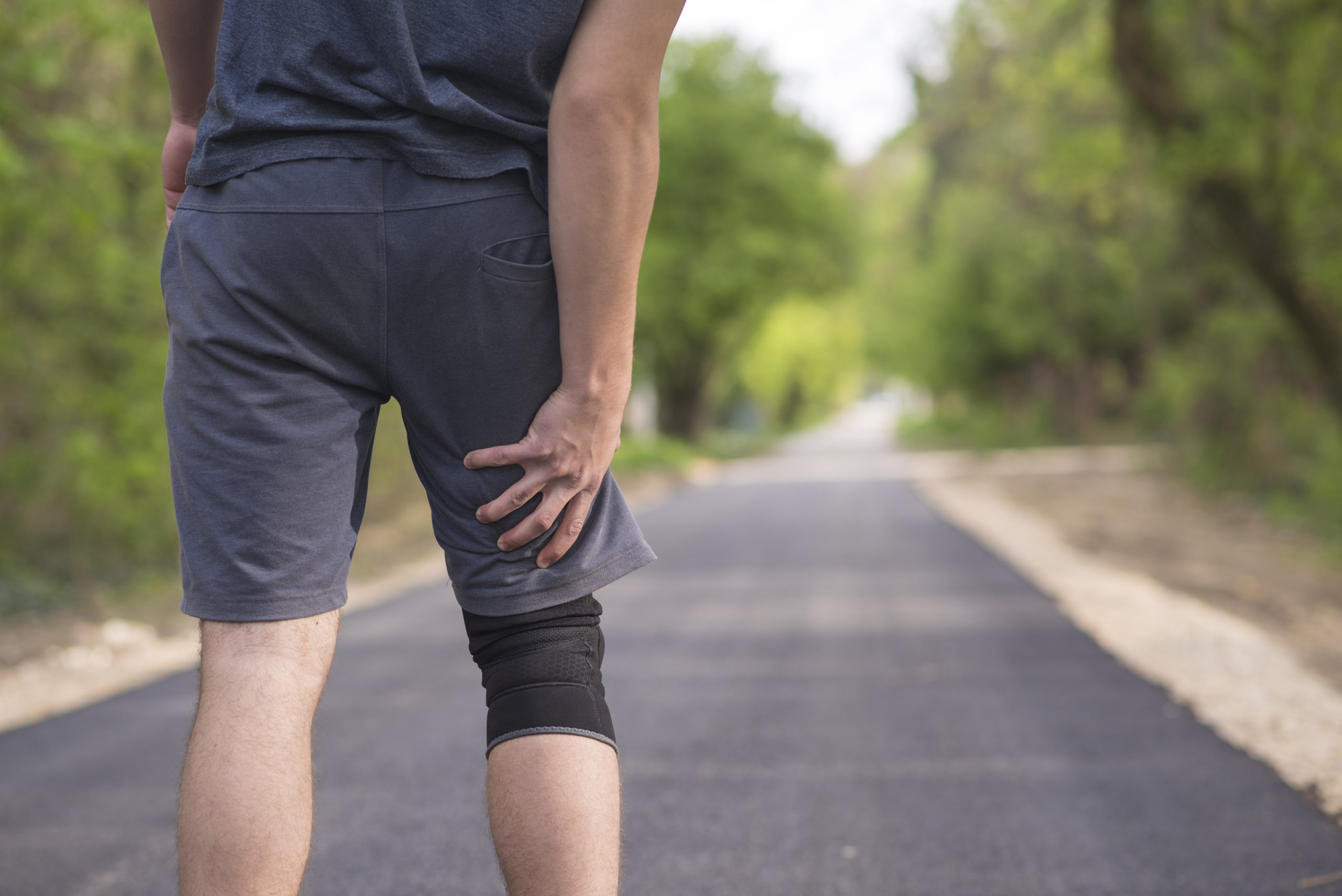What is the most common form of injury in sports? It would be muscular sprain and strain type injuries. In the leg, the Hamstrings and calf muscles are your most commonly affected by strain. Today, we will discuss the hamstring muscle, hamstring strain and management of these injuries.
What is the Hamstring Muscle?
A hamstring is a group of muscles in the upper leg/thigh. They are located on the backside of the upper leg. They include Biceps femoris, Semitendinosus and semimembranosus. They are long muscles, they cross the hip and knee joint, also referred to as a two-joint muscle. Hamstrings complete flexion of knee and extension of the hip joint. The hamstrings play a crucial role in daily activities such as walking, running, jumping and controlling many mobility tasks.
What is Hamstring strain?
As mentioned, hamstring strain is, unfortunately, very common and painful in ‘strike athletes’ such as runners, skaters and football and soccer and basketball players. When hamstring strain occurs, one or more of these muscles gets overloaded. Sometimes the strain is so severe that it can cause a tear.
Following are the reasons behind the hamstrings strain:
- Inappropriate warm-up before exercising and playing sport.
- Inappropriate cool-down
- Imbalance in thigh muscles. If quadriceps (front of thigh muscles) are tight, it can also cause hamstring strain
- Hamstring and glutes work together, if the glutes are weak, hamstrings can be overloaded and become strained
- Overstretching of the muscle
- Improper exercise technique
- If a strain is severe, the afflicted person can also find it difficult to walk or stand
Grade 1 mild hamstring strain – Just a few fibres of the muscles are damaged or ruptured or strained.
Symptoms are mild pain, stiffness, and the ability to function normally.
Grade 2 Moderate hamstrings strain – Approximately half of the muscle fibres are torn. Symptoms are acute pain, swelling and mild functional loss.
Grade 3 Severe hamstrings strain – complete rupture of the muscle. Symptoms are massive swelling, pain, weakness and loss of function.
What are the signs and symptoms of Hamstrings strain?
- Bruising
- Swelling
- Tenderness on palpation, pain during walking, standing, exercises, stairs, and ADL
- Weakness
- Reduced strength and function
- Loss of hip and knee ROM, flexibility and mobility.
Management of Hamstrings strain
Hamstrings can be managed surgically for severe strain or complete rupture, conservative management for grade 1 and grade 2 hamstring strain. Surgery is very rarely done for hamstring strain.
Anti-inflammatory drugs are helpful with pain and swelling. Early management of hamstring strain includes rest, ice application, compression and elevation of the leg.
Physiotherapy management of hamstring strain includes education of the condition and precautions, different ROM exercises, strengthening methods of hamstring and beneficial stretching techniques
Phase 1 (week 0 – 3)
- Stationary bike
- Gentle isometrics for hamstring strengthening
- Single leg balance to improve balance
- Soft tissue mobs
- Electrotherapy – TENS, US
- Ice – to relieve post-exercise soreness, pain and swelling
Phase 2 (week 3 – 12)
- Stationary bike
- Treadmill at moderate to high intensity within pain-free
- Eccentric exercises (Improving strength by lengthening the muscle)
- Single leg balance to improve balance on the affected leg
- Supine and prone hamstring curl
- Soft tissue mobs
- Nordic hamstring exercises – to improve muscle strength using machines
- Shuttle jumps
- Band walks
- Ice post exercises
Phase 3 (week 12+)
- Plyometrics jump training
- Treadmill and stationary bike
- Sports specific drills that incorporated postural control and speed
- Single leg balance on an unstable surface
- A daily home exercise program
- Ice post exercises





